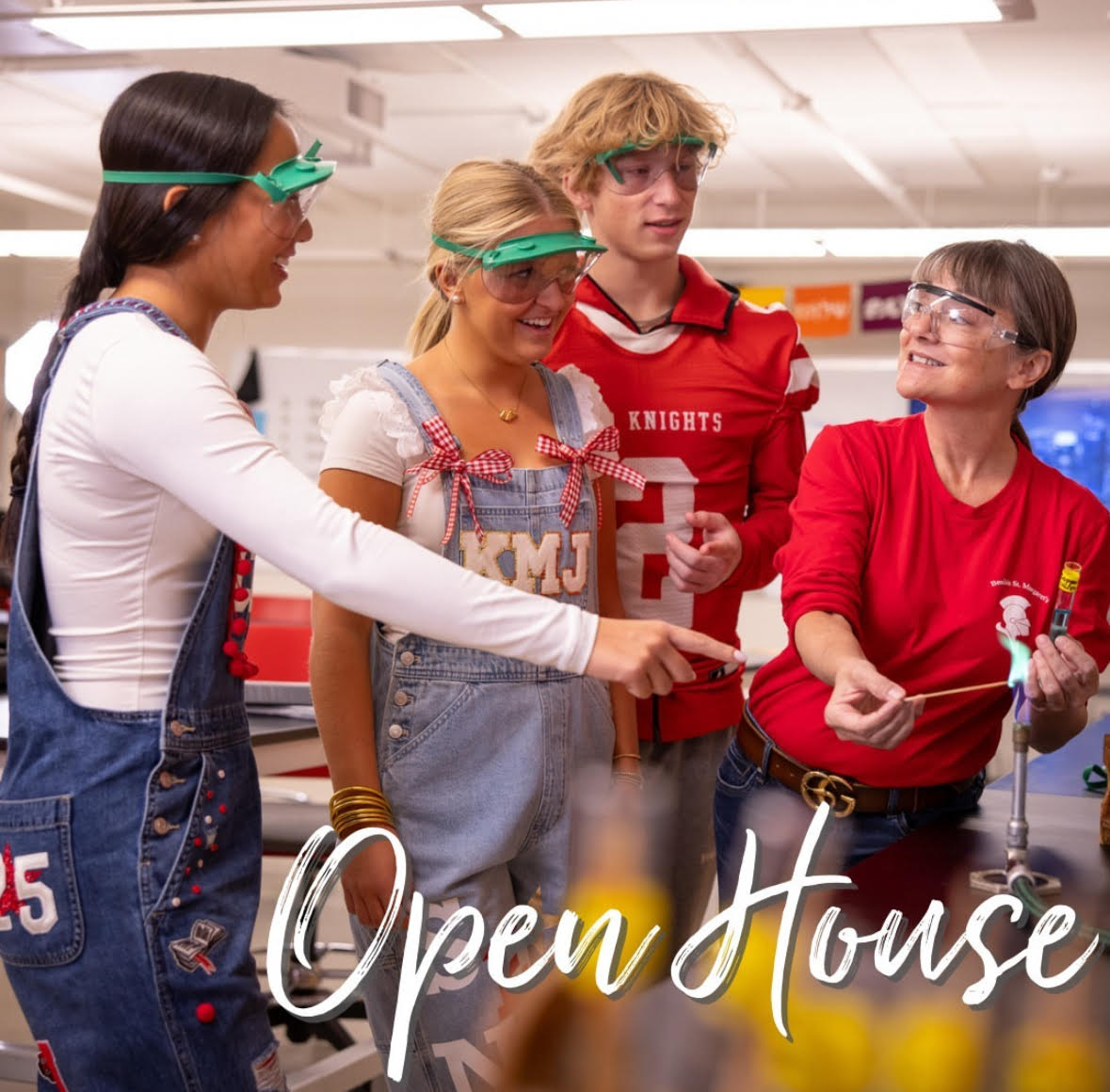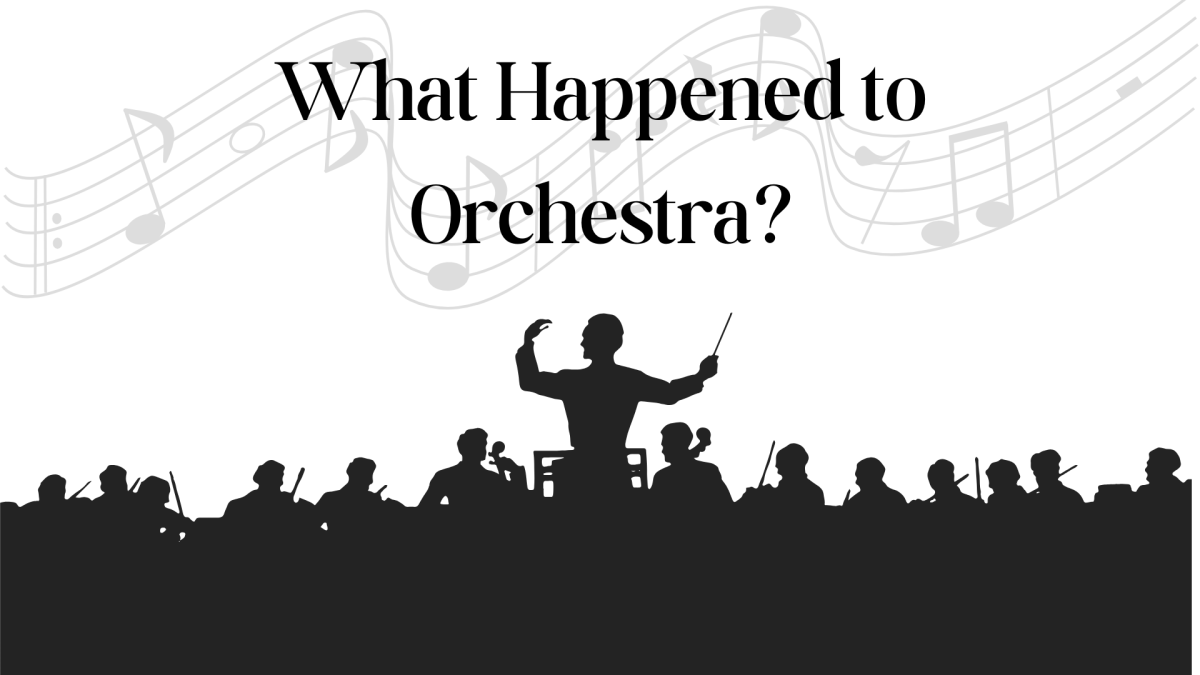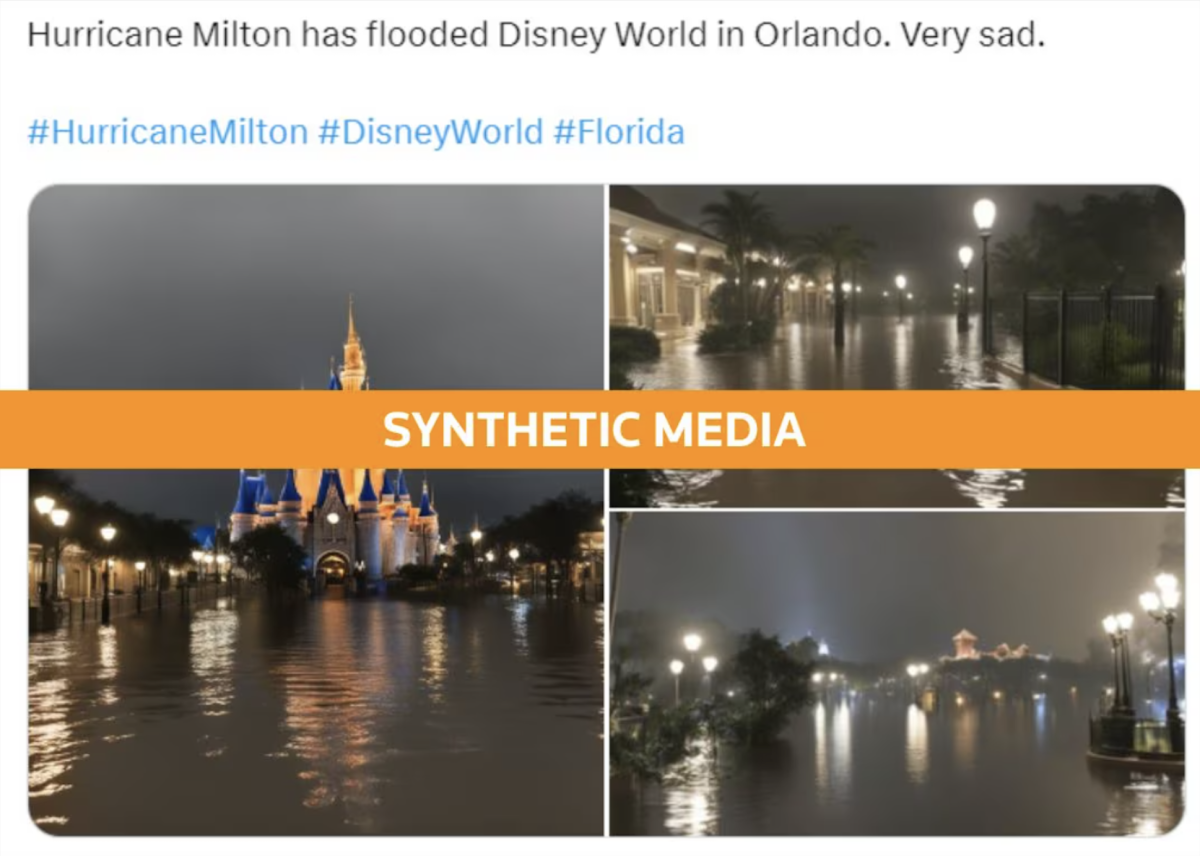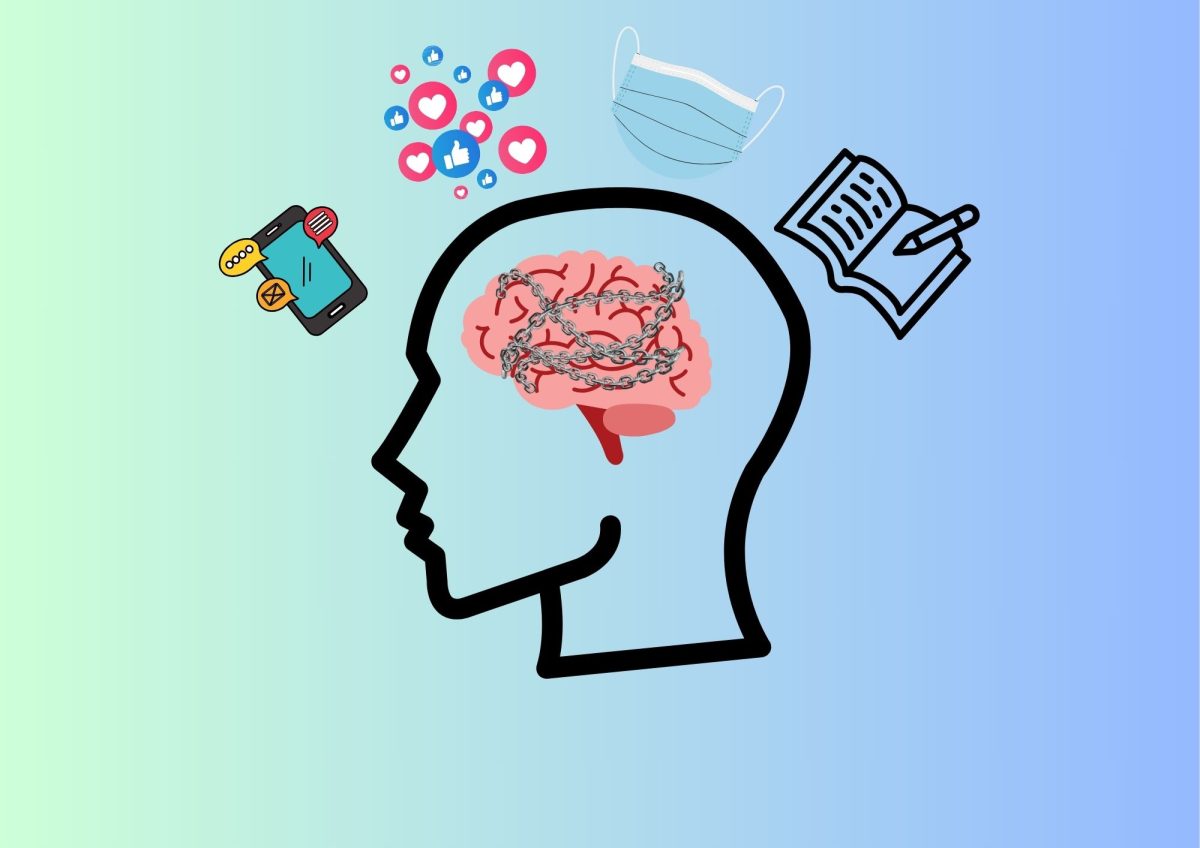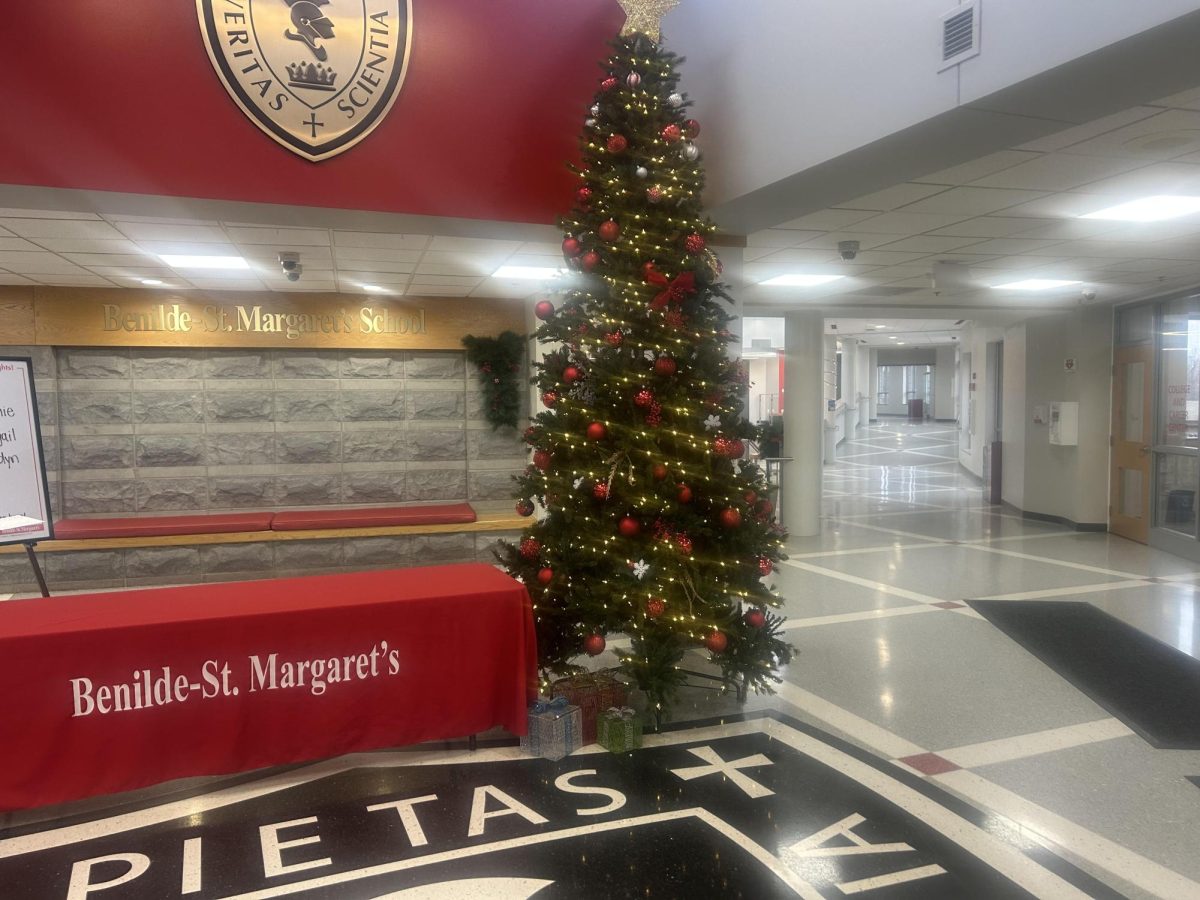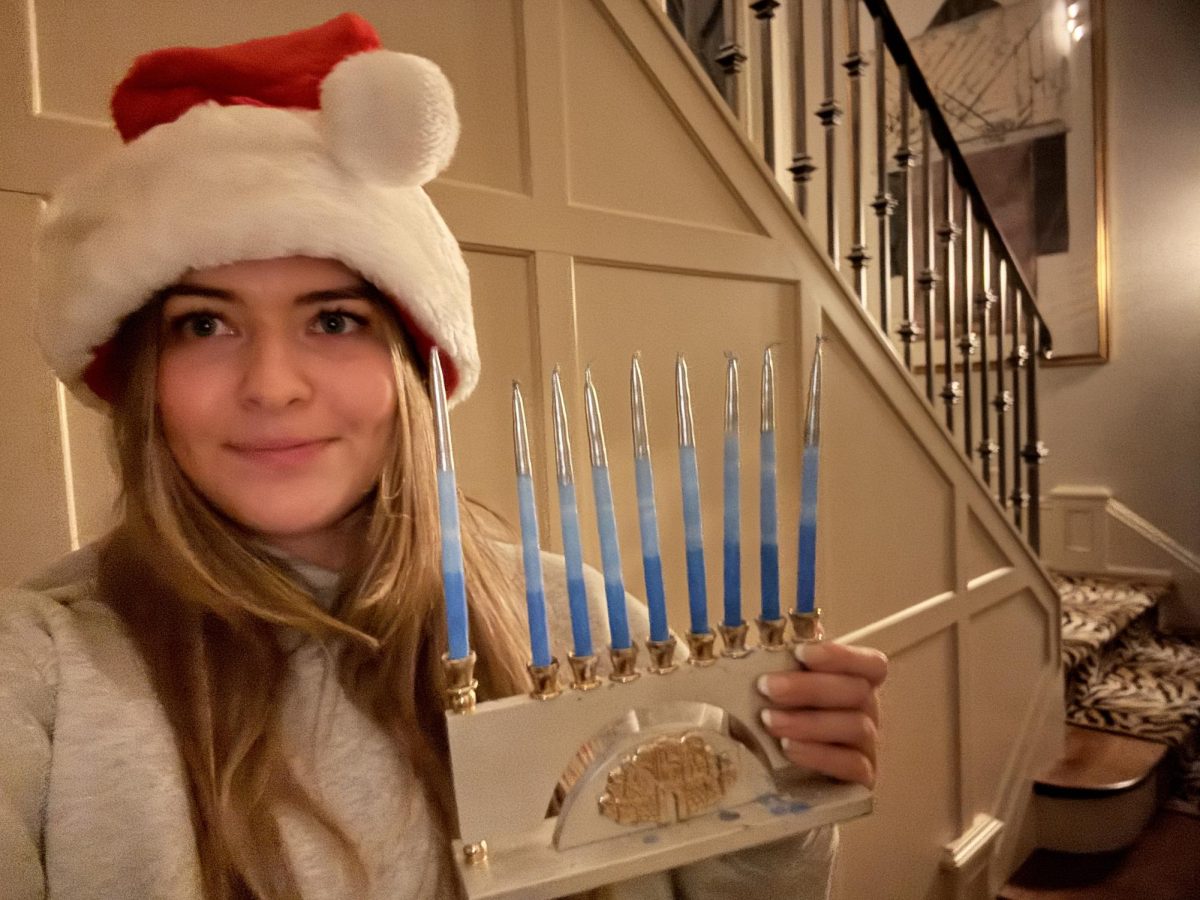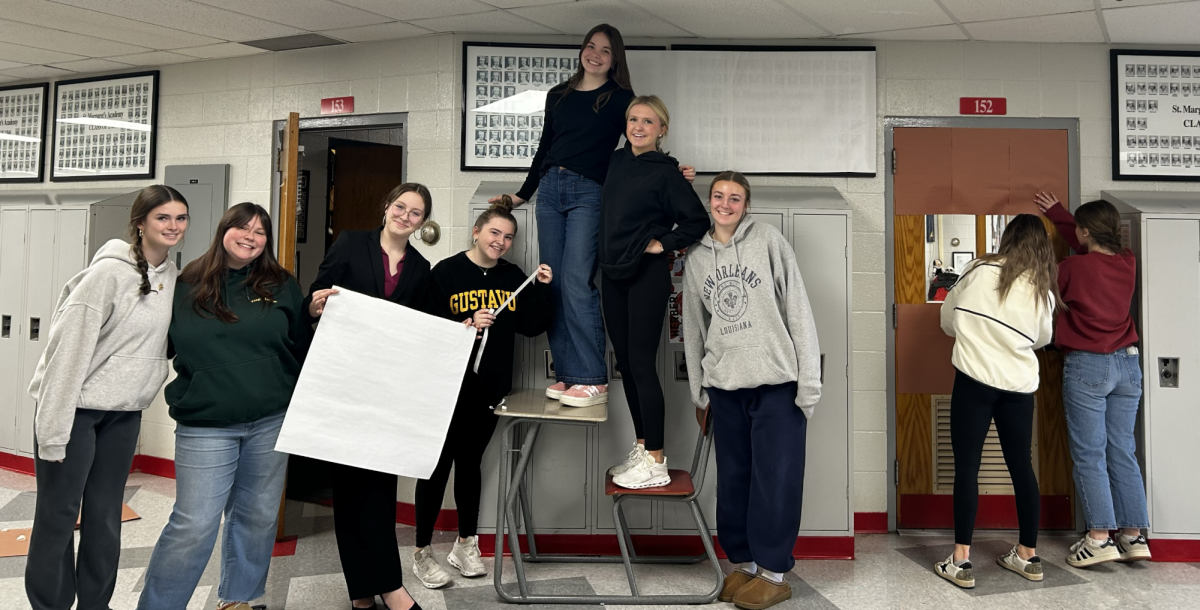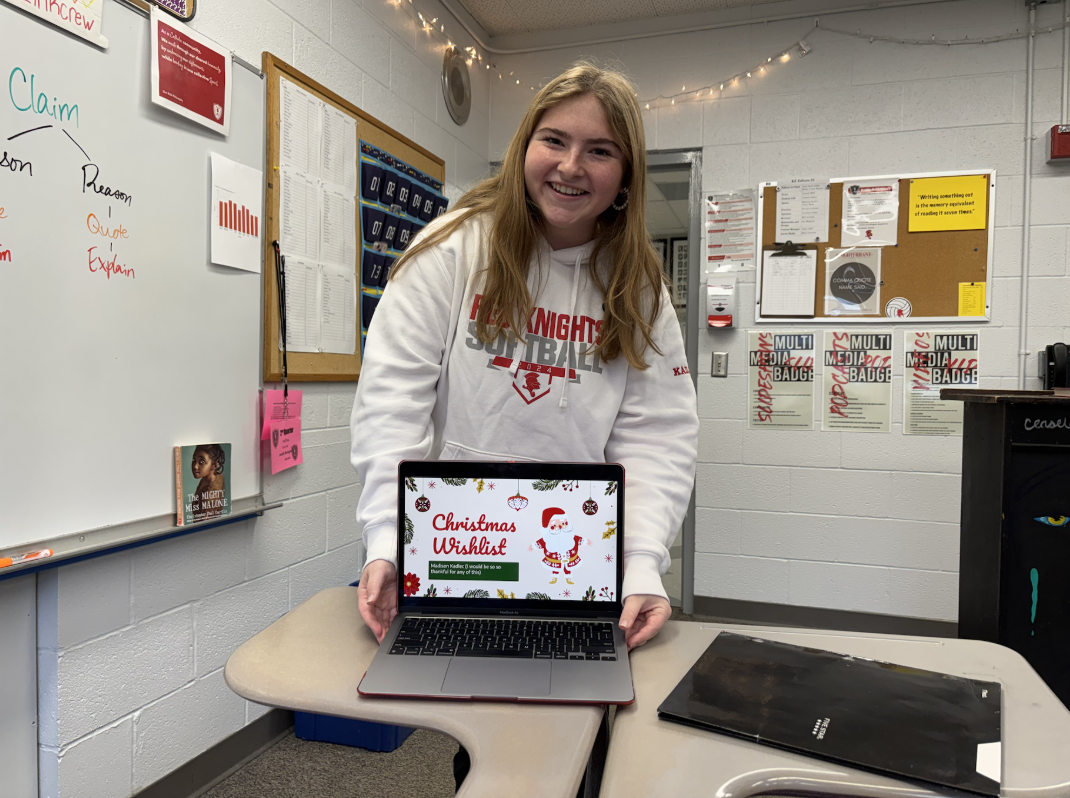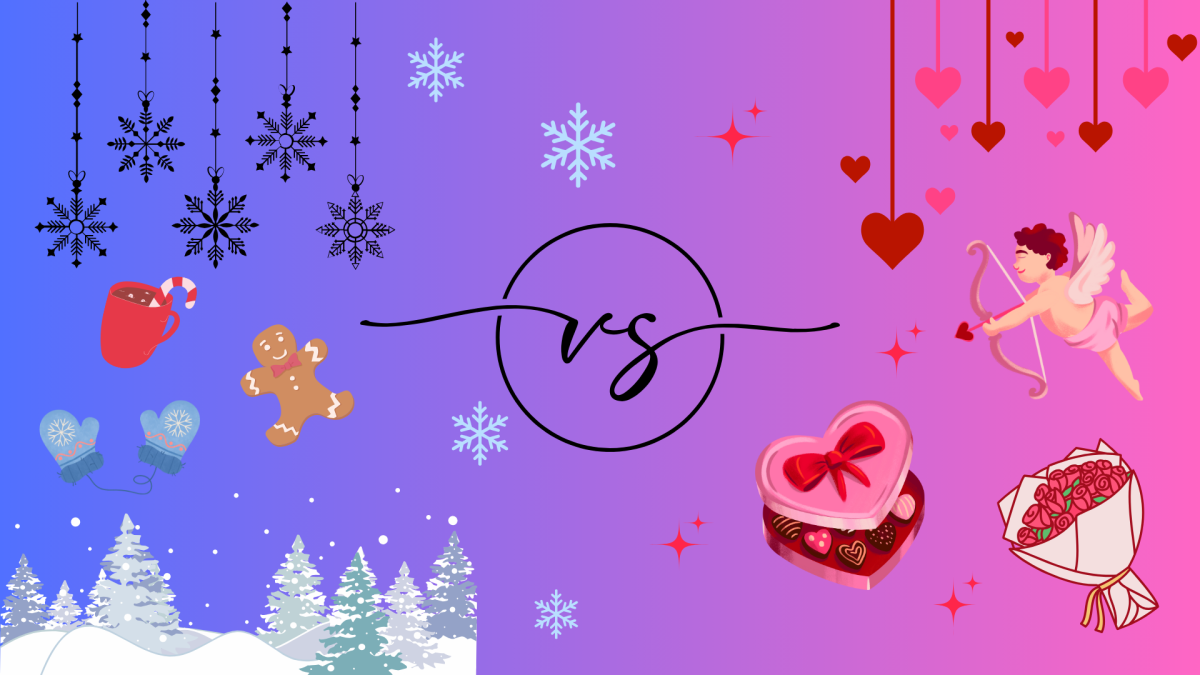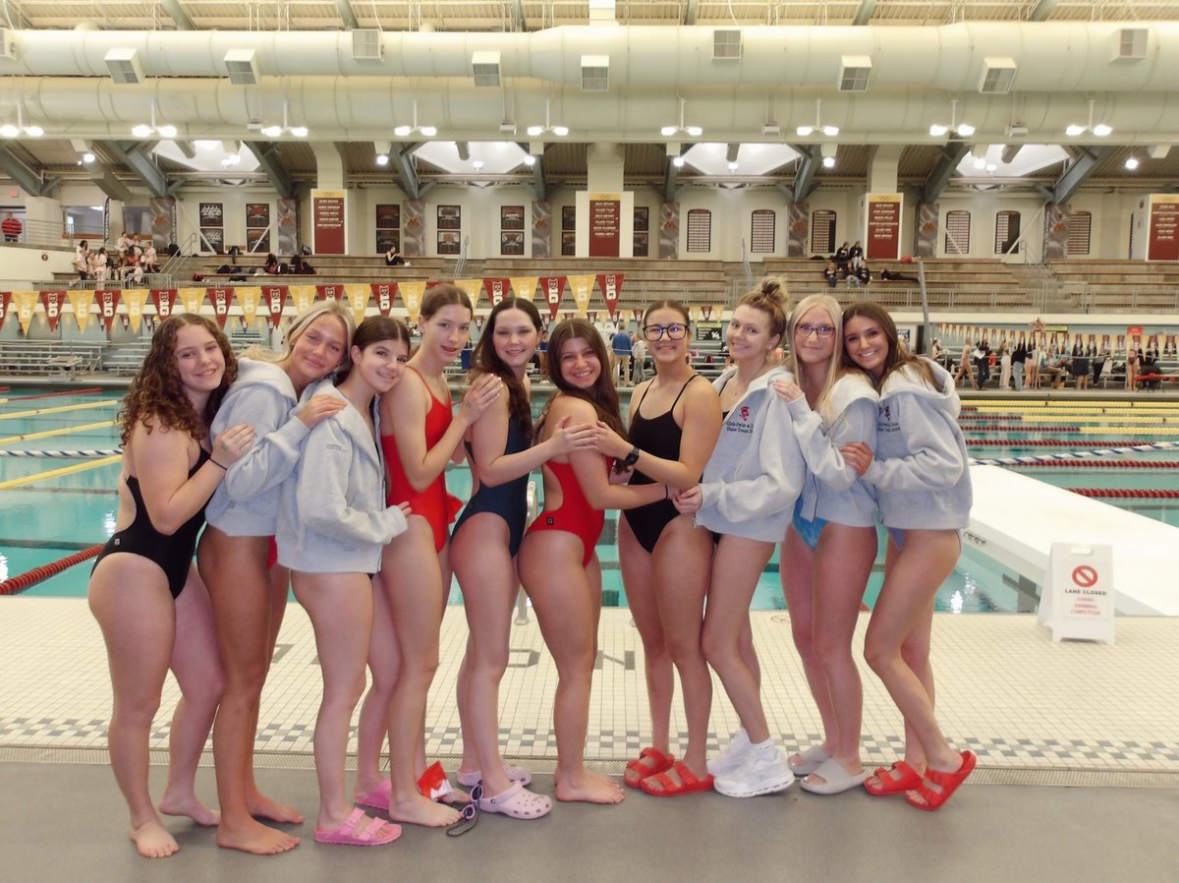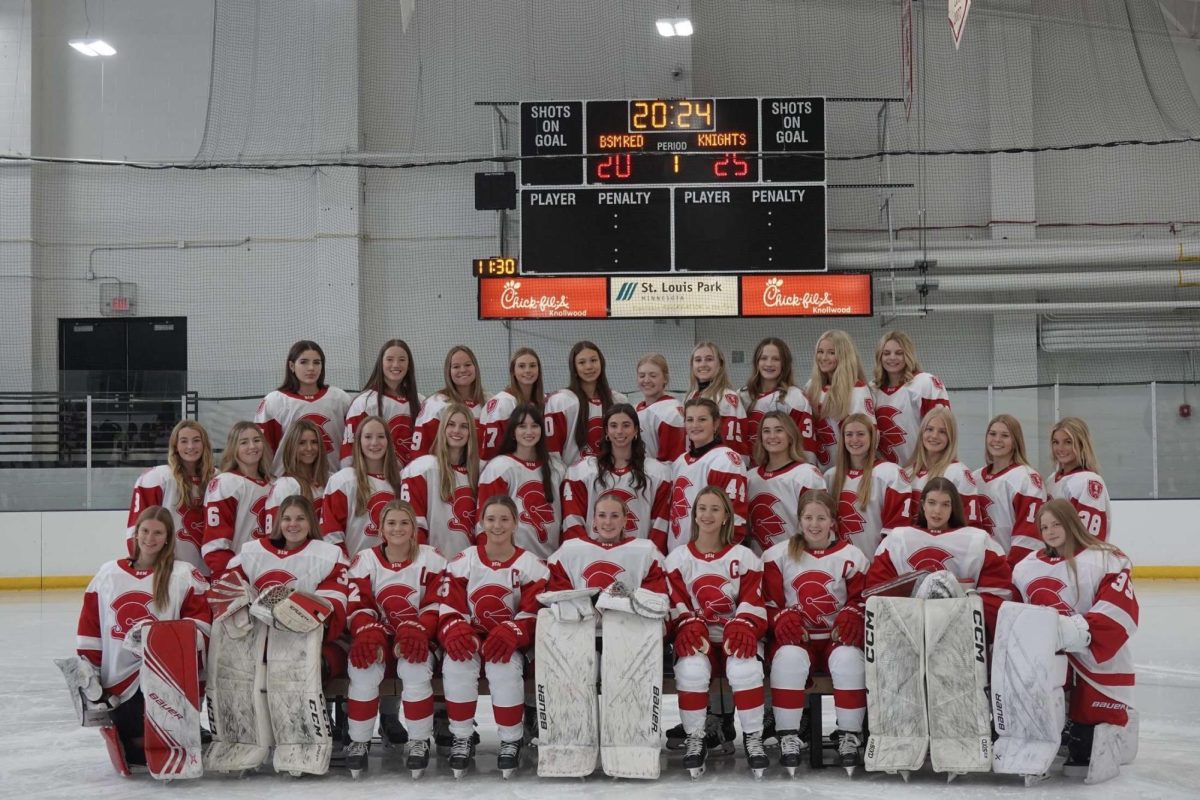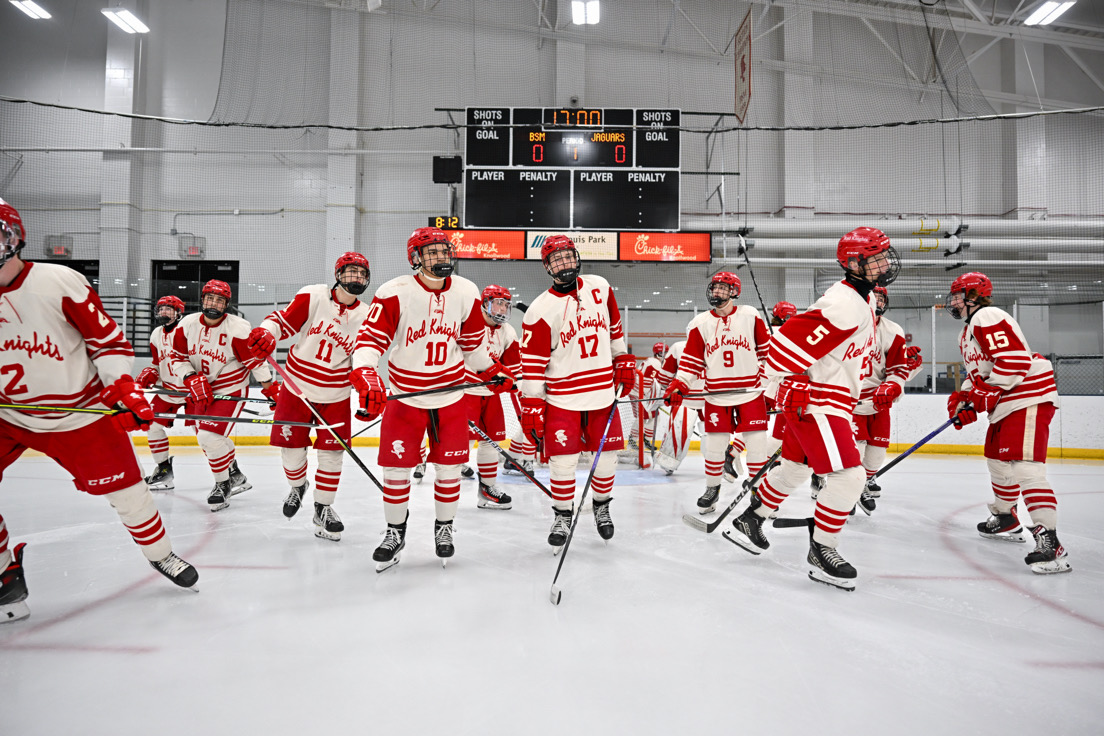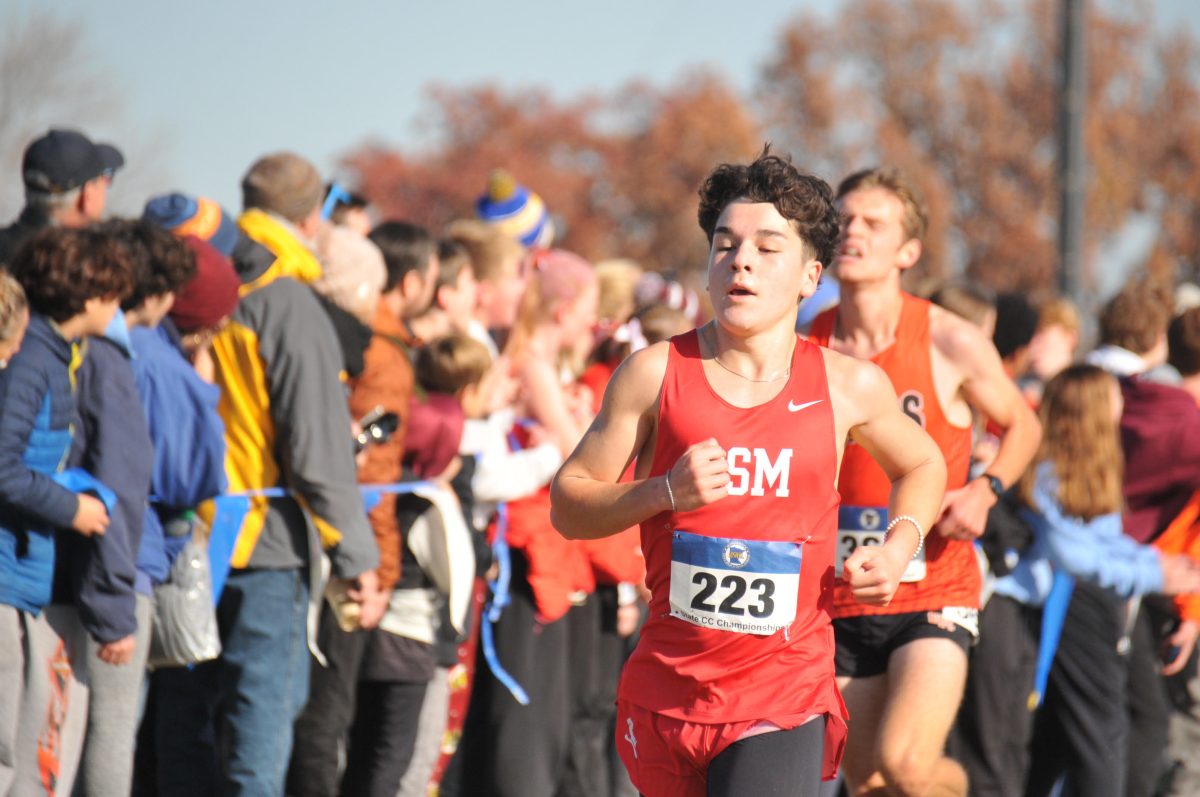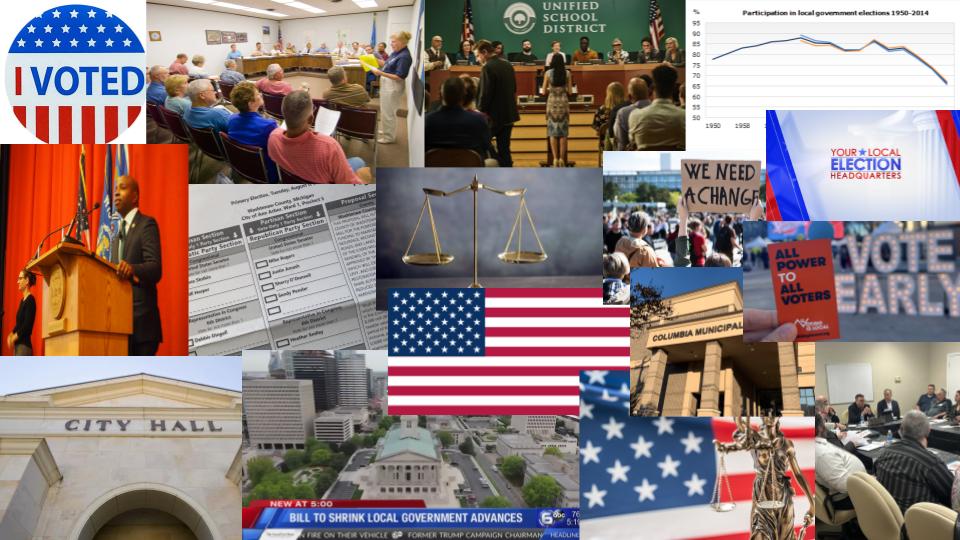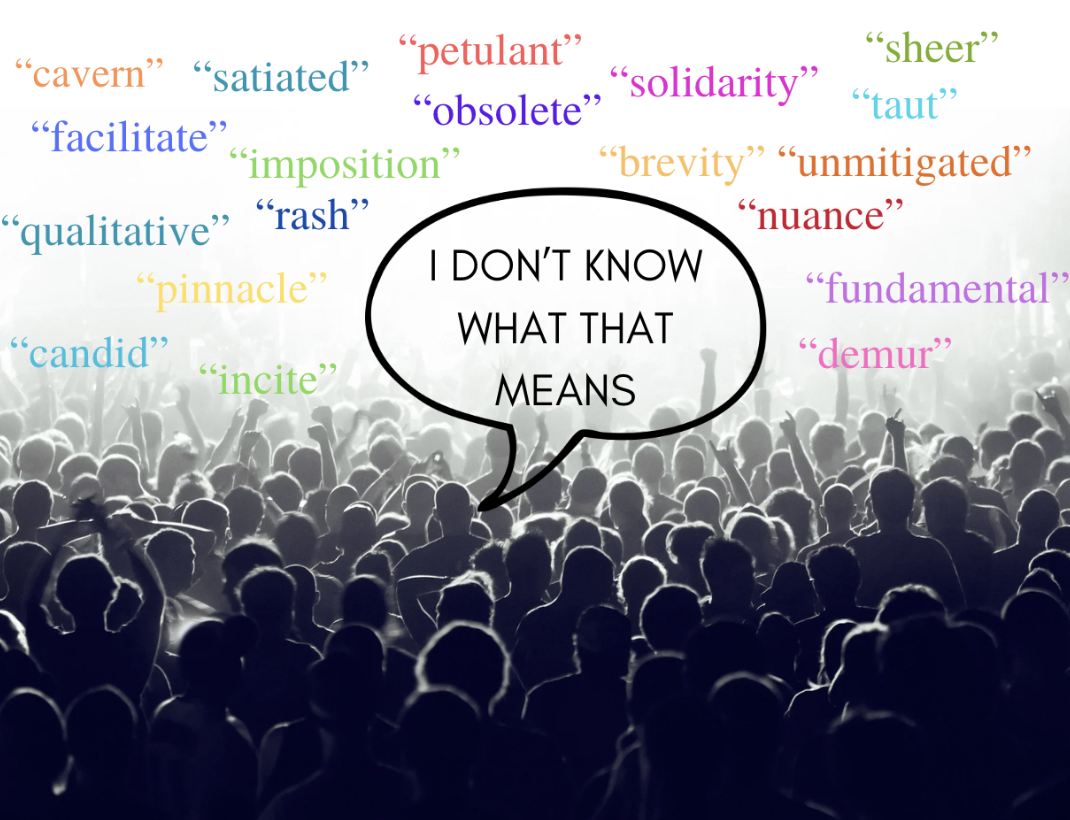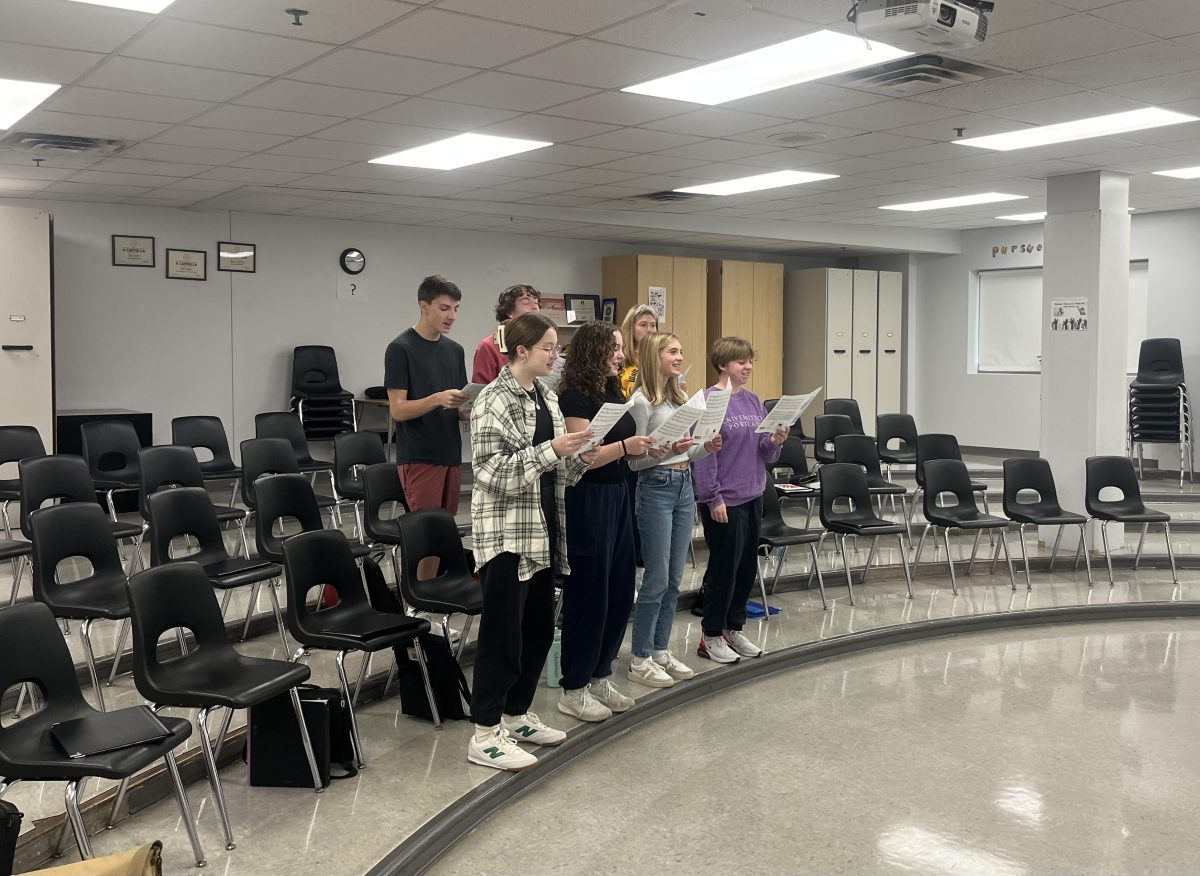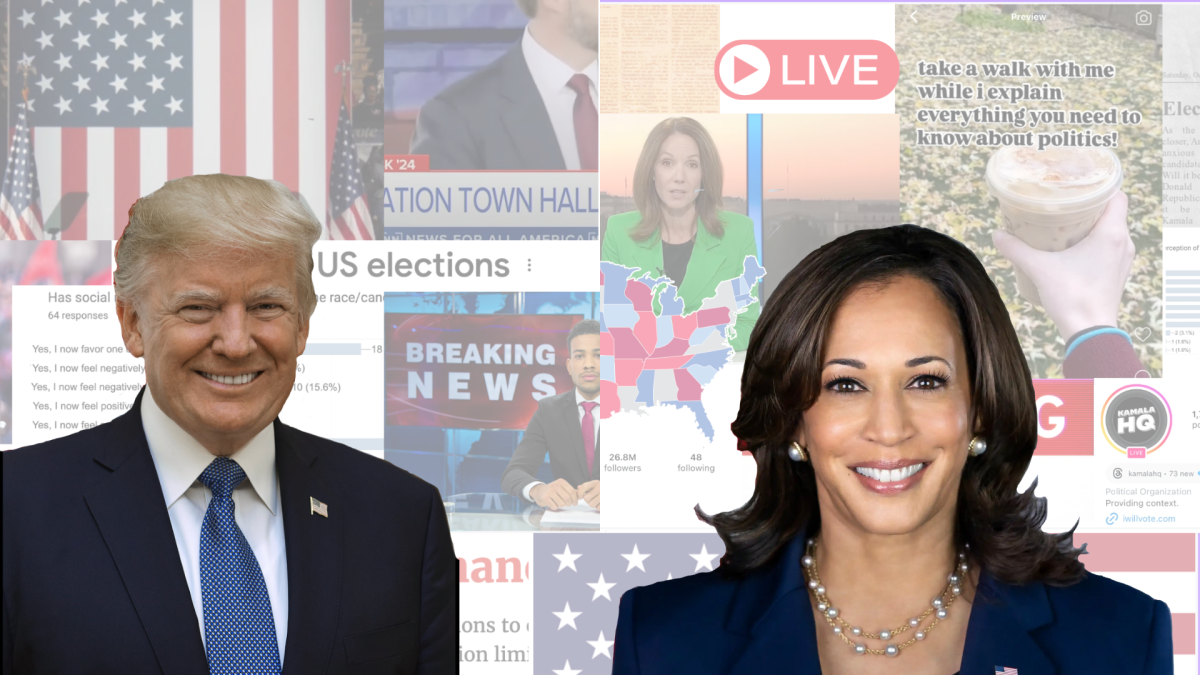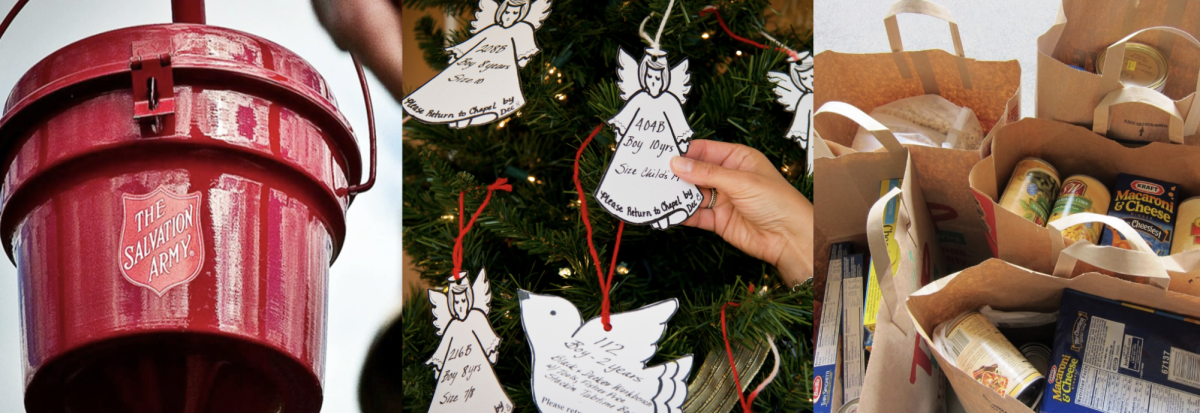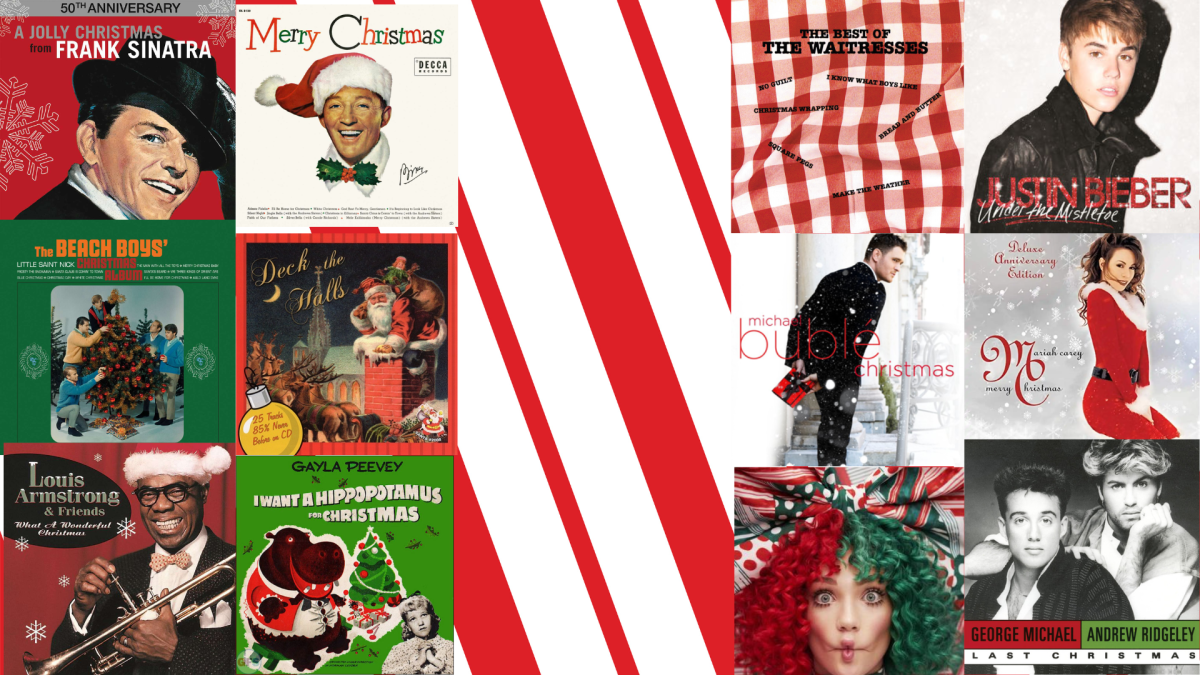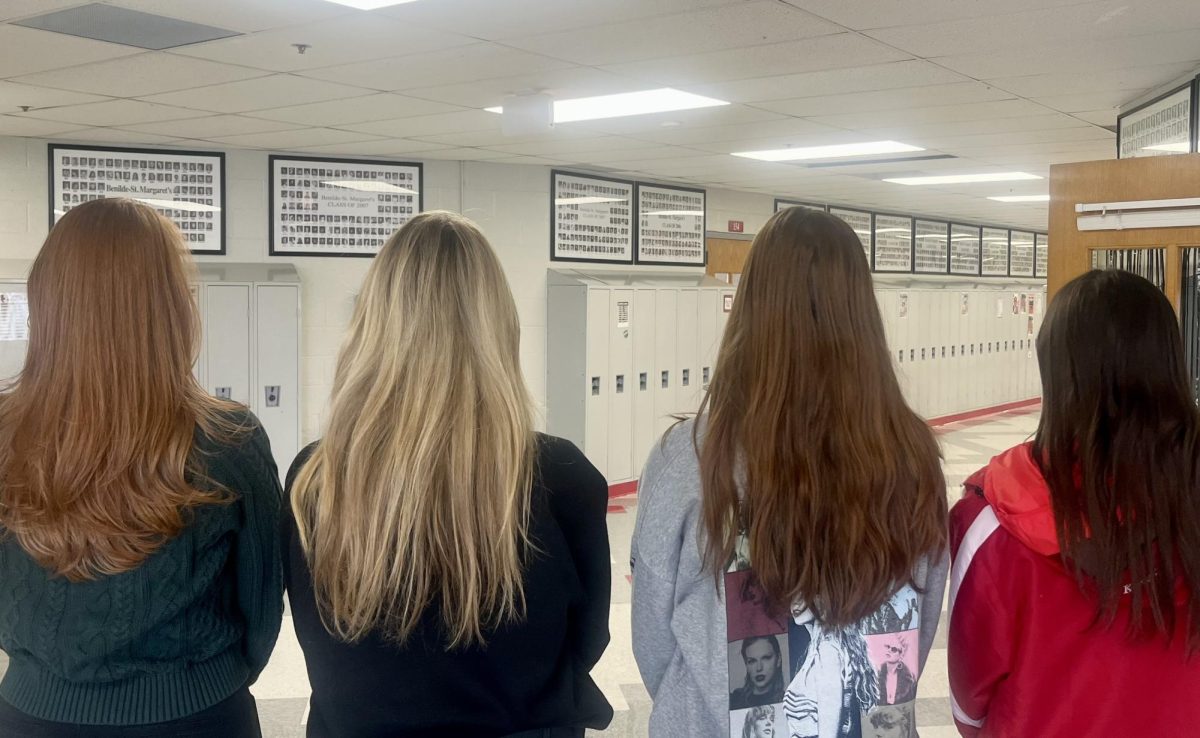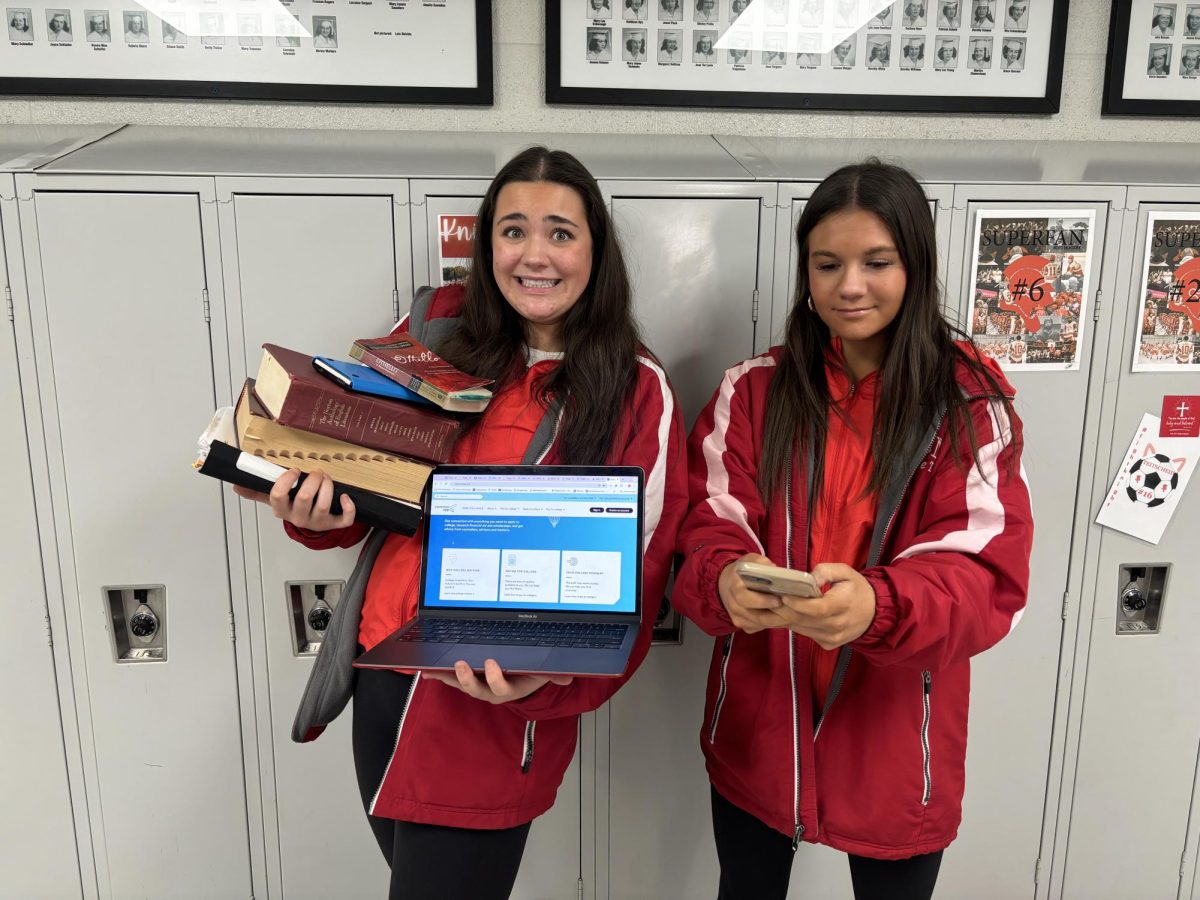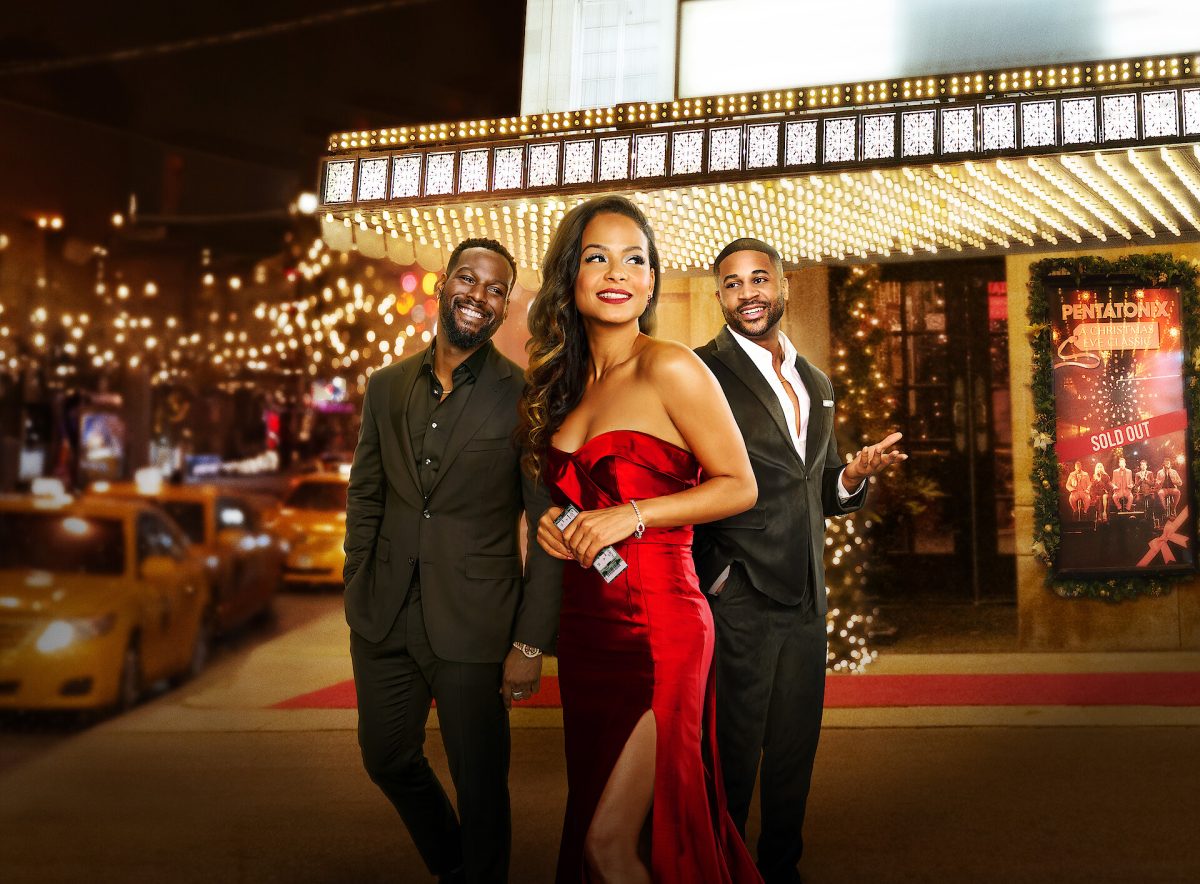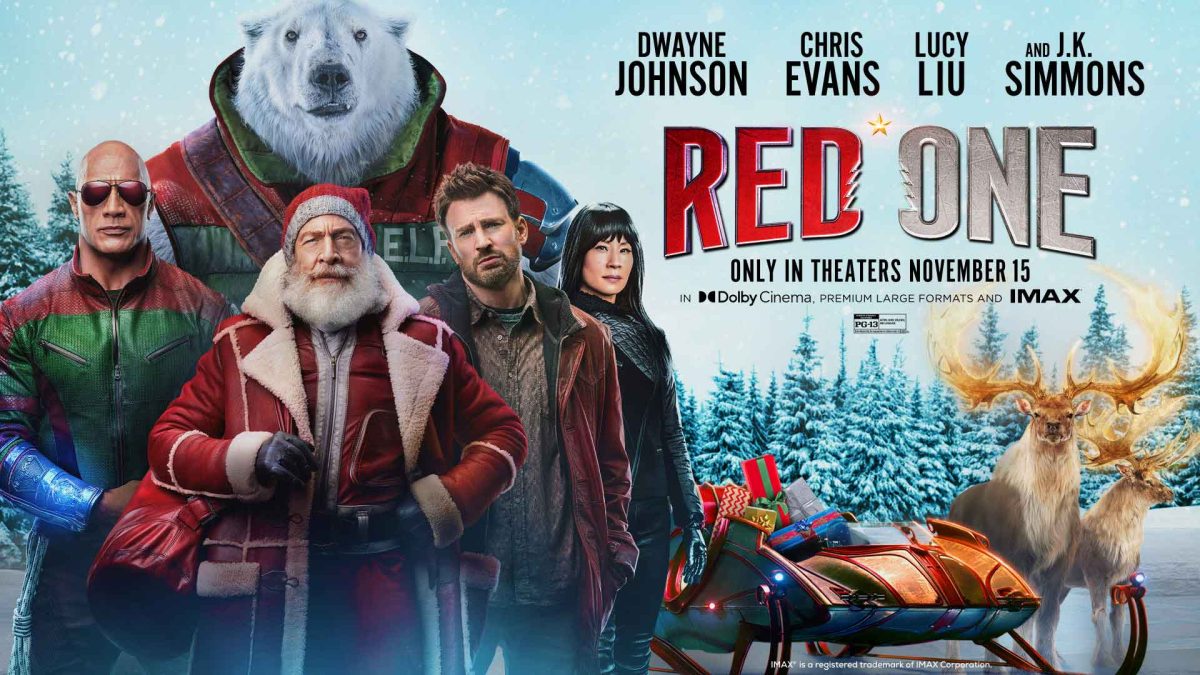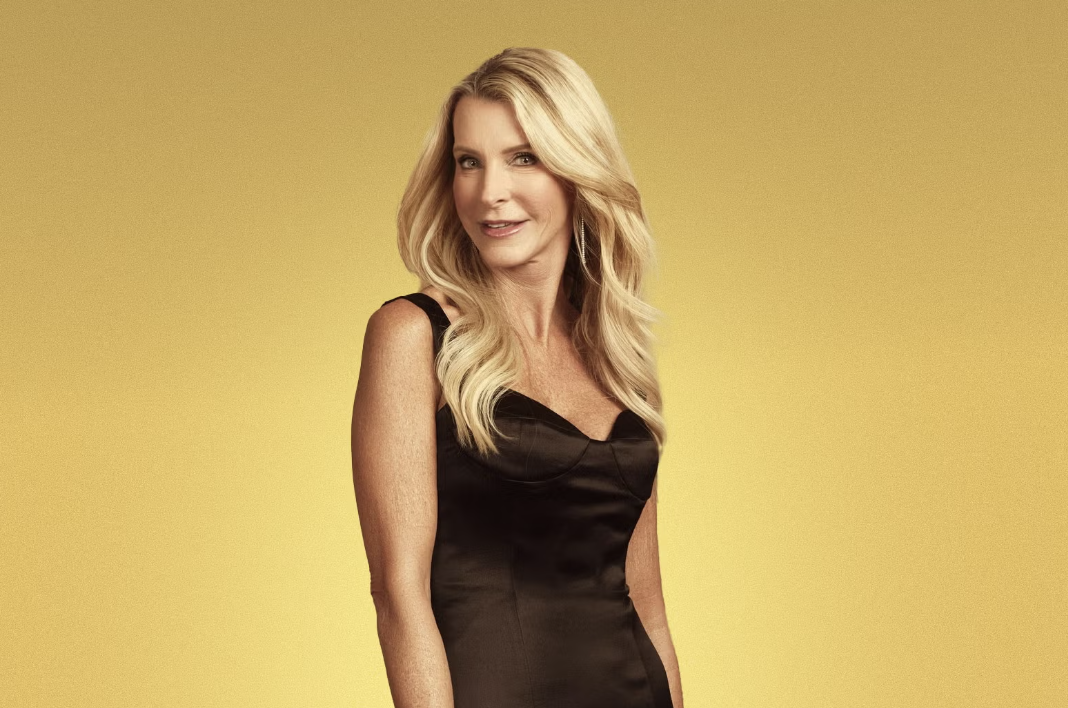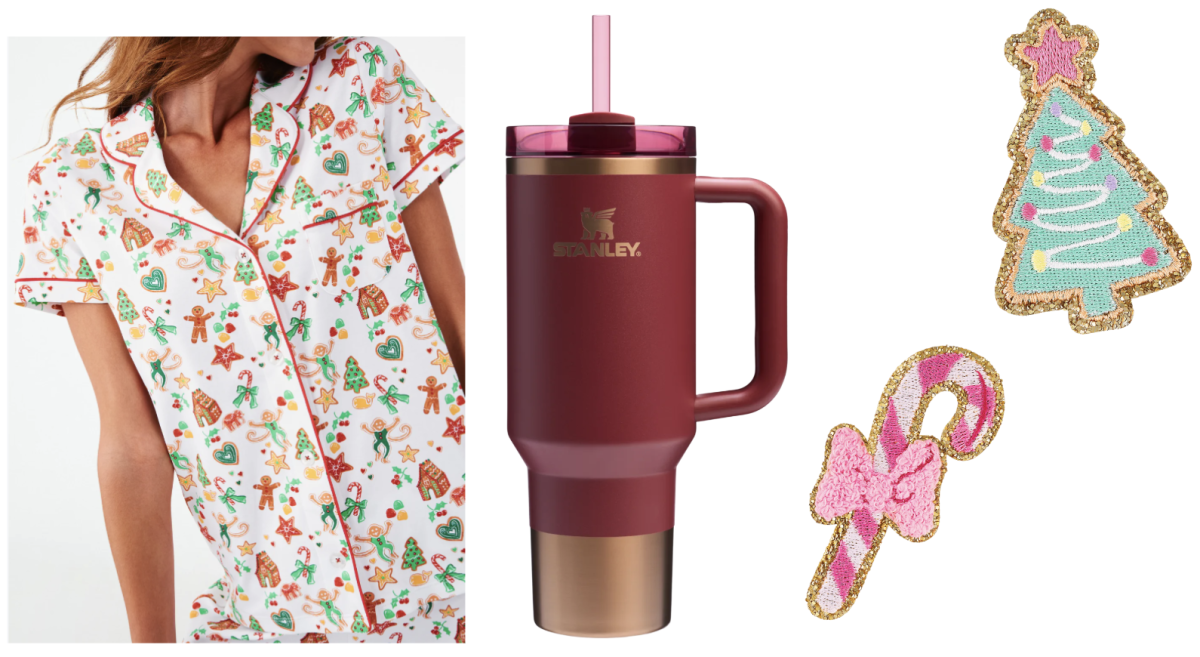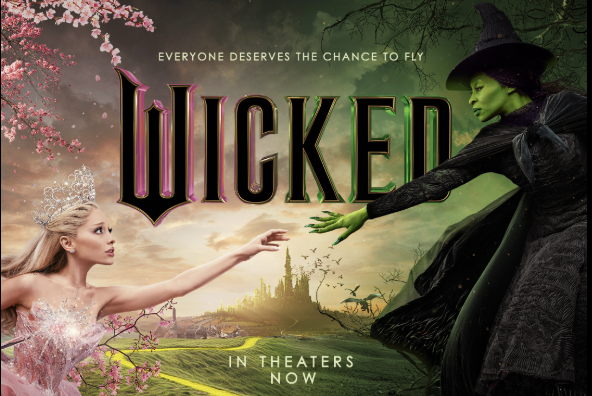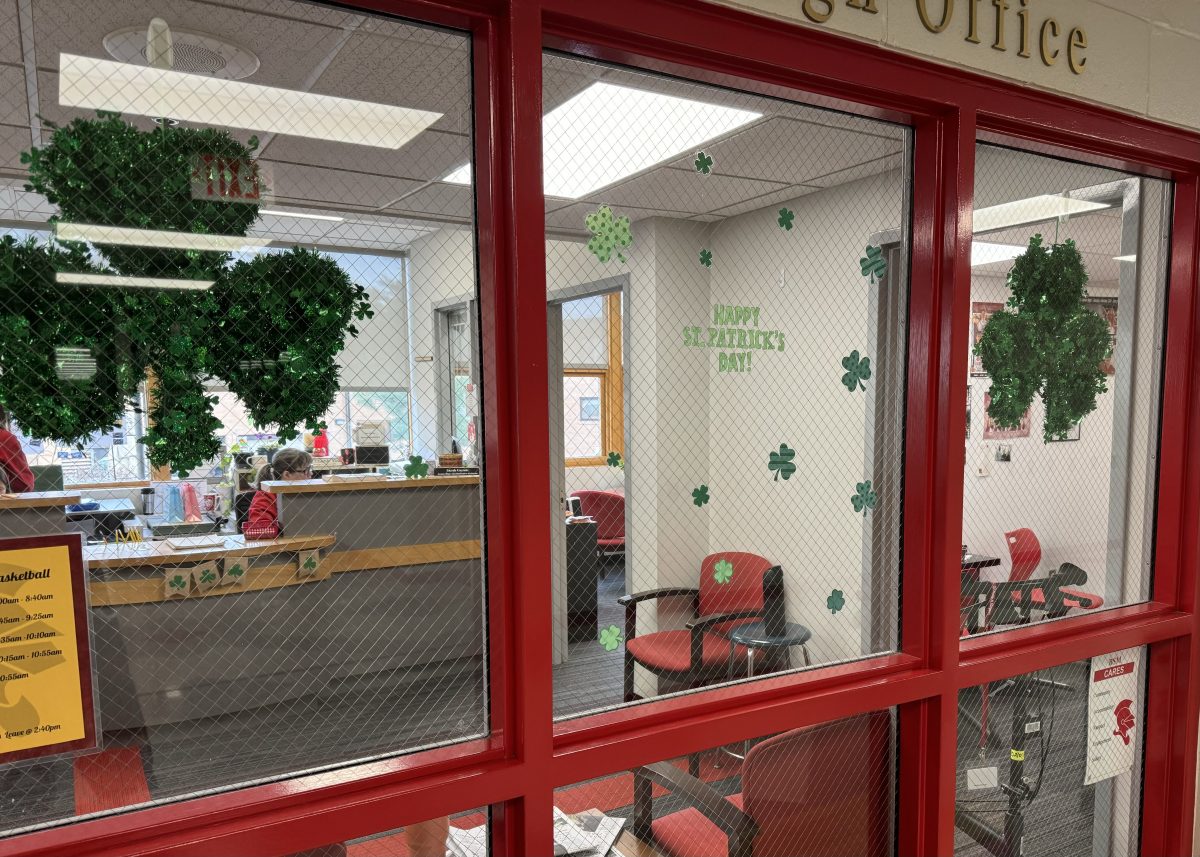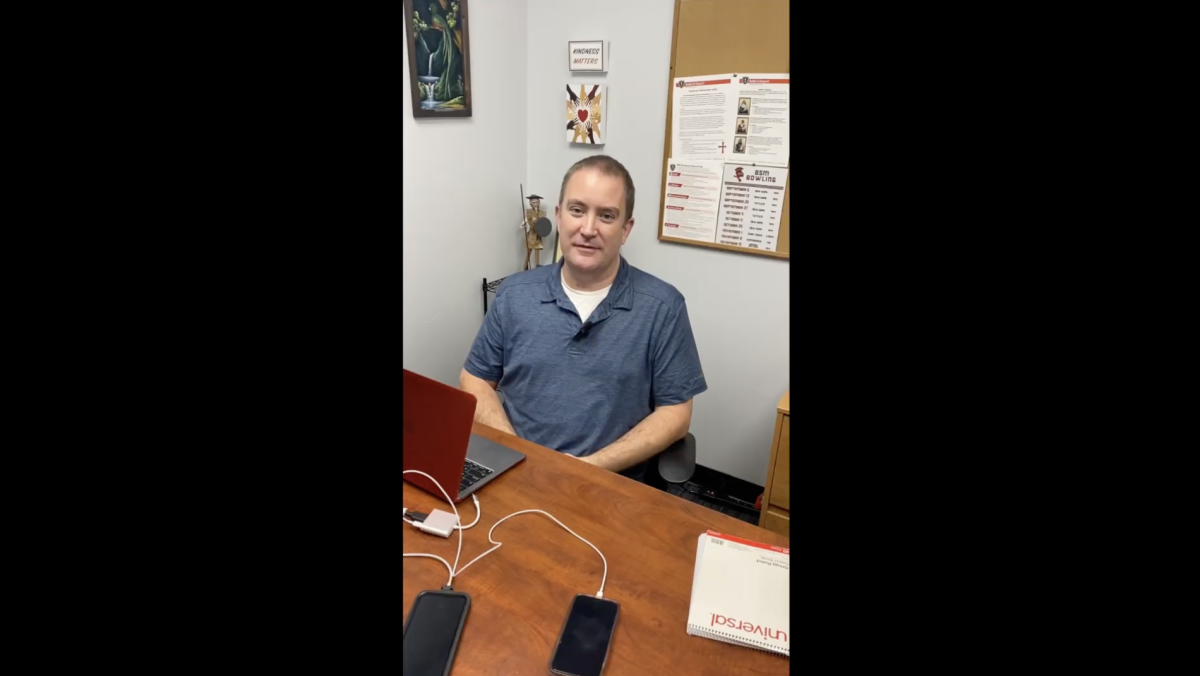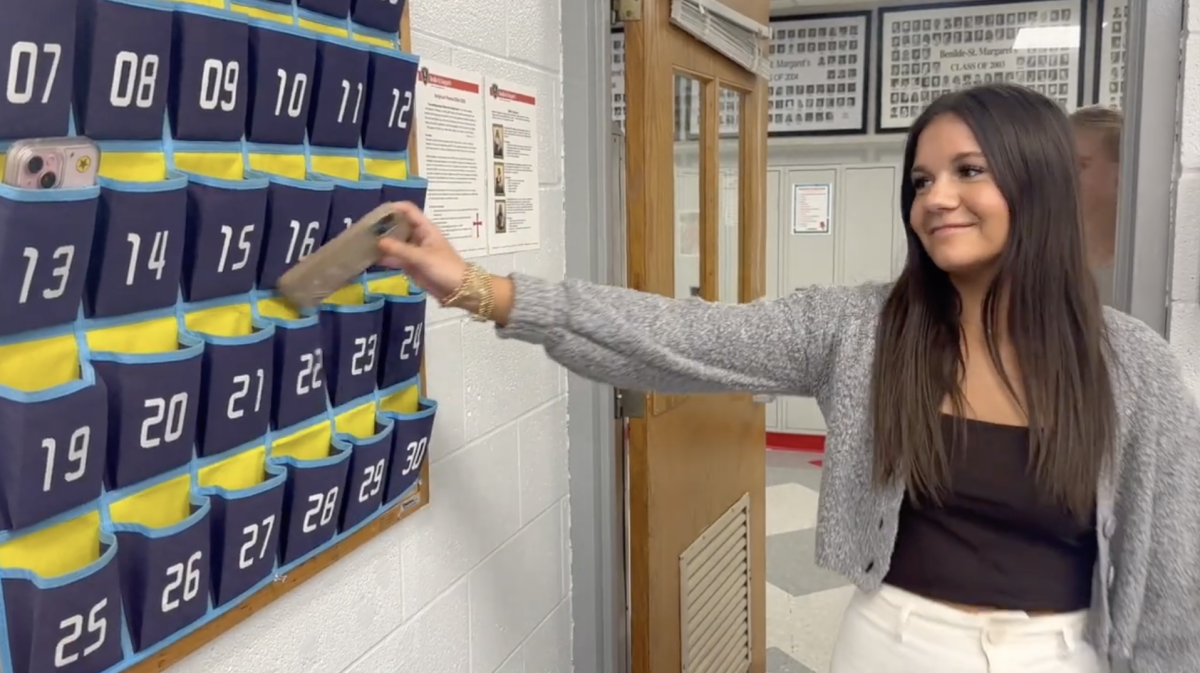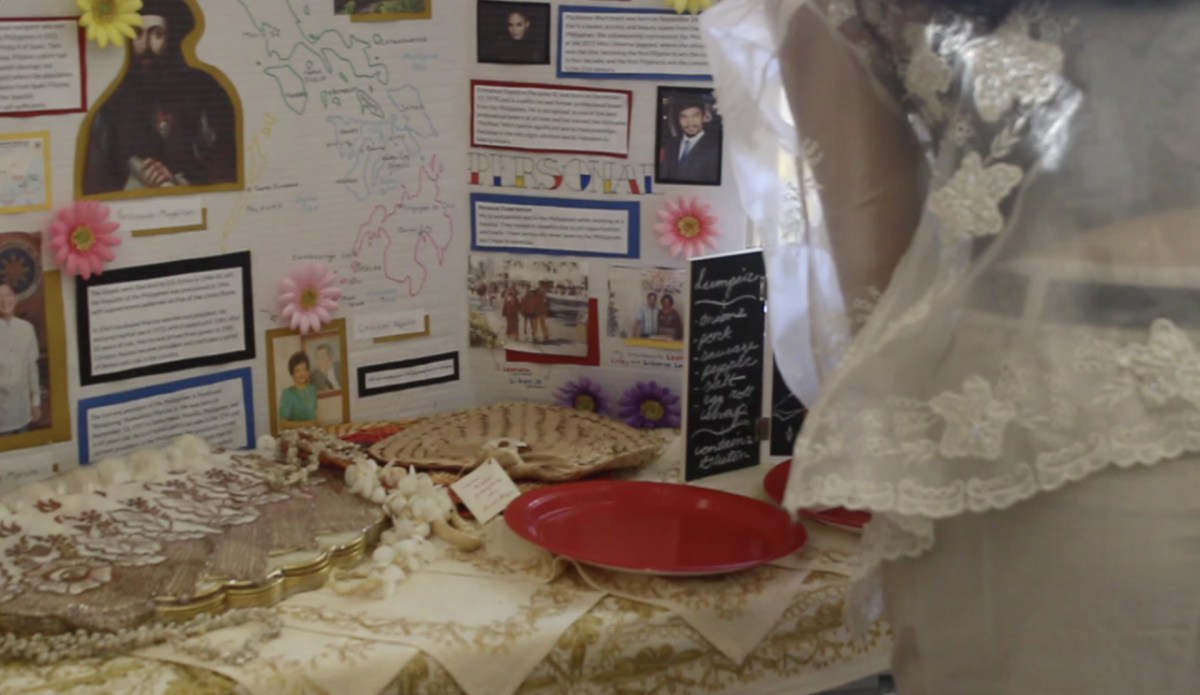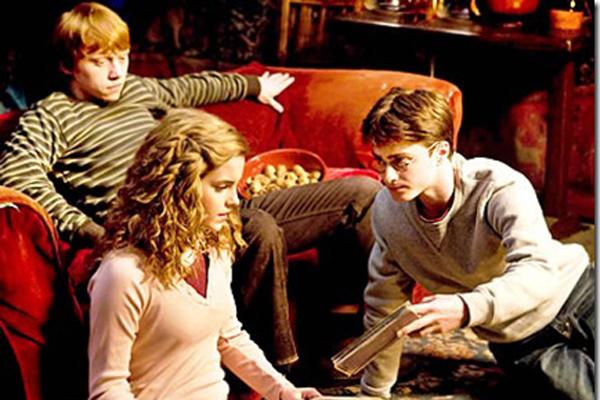Harry Potter and the Deathly Hallows Part 1 is filled with unceasing action, strained relationships, and a strenuous mission. These factors make the seventh installment of the multi-billion dollar film franchise the most engaging and complex Harry Potter film to date.
In the Deathly Hallows, Harry Potter, played by Daniel Radcliffe, is faced with a mission, left to him by the now deceased Dumbledore, to destroy Voldemort’s seven horcruxes––objects that host a part of Voldemort’s soul. Harry is accompanied by his two best friends, Ron Weasley and Hermione Granger, portrayed by Rupert Grint and Emma Watson respectively.
Together the trio face Voldemort’s Death Eaters and the Ministry of Magic in a whirlwind of enchanting battles. These battles are accompanied by special effects that make the magical clashes and resulting wounds seem realistic.
Although the many action sequences dominate the film, the adaptation contains several moments in the two hour twenty-seven minute film that showcase the matured acting abilities of Radcliffe, Watson, and Grint. The audience follows the three as they travel from woody campsites to hillside campsites, and watch as the complex relationships and personalities of the friends emerge.
The fact that this film is not set at the beloved Hogwarts School of Witchcraft and Wizardry––causing the three friends to complete a difficult mission separate from the school they have called ‘home’–– contributes to the unveiling of these characters’ true dispositions. Ron and Harry both reveal their tempers, and Watson demonstrates her acting chops when she successfully depicts Hermione’s friendship with Harry and deeper feelings for Ron.
The filming technique and cinematography of the film perfectly accompany the multifaceted characters. Certain shots achieve in capturing the audience by focusing on minute details or facial features, but at times the camerawork seems noticeably unsteady. Normally, this would not be commended in a big-budget film, but the somewhat shaky camerawork works well with the ragged emotion and suspense present throughout the film.
Not only is it the best movie in the series in relation to the actors and cinematography, but it has also out-performed the rest of the film series in the box office. Hallows brought in $24 million on opening night alone, ranking Hallows as the 5th largest opening night ever. Hallows is also ranked in 6th place for biggest opening weekend ever after it brought in $125.1 million.
Almost all major events J.K. Rowling originally wrote were included in the adaptation, save for a popular exchange between Dudley and Harry towards the beginning, and a tense scene with Remus Lupin while the trio inhabited 12 Grimmauld Place.
These cuts can be explained by the moments spent explaining information left out in previous films, as well as a few extra scenes spent evolving Harry and Hermione’s relationship. One of these scenes features the first modern alternative song ever in the film series, aside from the two customized tracks from Goblet of Fire that were played during the Yule Ball scene.
The song, “O Children” by Nick Cave and The Bad Seeds, is heavy and fits the tone of the scene well. In fact, the song correlates well to the overall spirit of the film, which makes it a welcome addition to the original score composed by Alexandre Desplat.
However, what is disappointing is that the manufactured scenes may have caused the removal of ones that were previously written by J.K. Rowling. They also may have led to the mumble-jumble and faulty ordering that make up the final events of the film.
All in all, Harry Potter and the Deathly Hallows Part 1 deserved all the hype. Now, after such a well-constructed seventh film, Potter fans can only hope that the 8th film, due out July 2011, offers a proper conclusion to the beloved series considering the cliff-hanger ending of Part 1.


